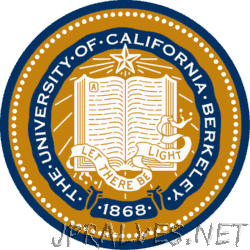Other
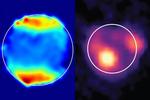
“With its sensitive infrared cameras and high-resolution spectrometer, the James Webb Space Telescope (JWST) is revealing new secrets of Jupiter’s Galilean satellites, in particular Ganymede, the largest moon, and Io, the most volcanically active. In two separate publications, astronomers …
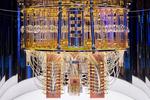
“Despite steady improvements in quantum computers, they’re still noisy and error prone, which leads to questionable or wrong answers. Scientists predict that they won’t truly outcompete today’s “classical” supercomputers for at least five or 10 years, until …

“Inspired by nature, the burrowing mole crab robot is a feat of engineering with real-world applications The unassuming Pacific mole crab, Emerita analoga, is about to make some waves. UC Berkeley researchers have debuted a unique robot inspired by this …

“Polyethylene plastics — in particular, the ubiquitous plastic bag that blights the landscape — are notoriously hard to recycle. They’re sturdy and difficult to break down, and if they’re recycled at all, they’re melted into a polymer stew useful …
“Berkeley engineers have created a new type of semiconductor laser that accomplishes an elusive goal in the field of optics: the ability to emit a single mode of light while maintaining the ability to scale up in size and power …

“Researchers at UC Berkeley have developed a new way to 3D-print glass microstructures that is faster and produces objects with higher optical quality, design flexibility and strength, according to a new study published in the April 15 issue of Science …

“When Google unveiled its first autonomous cars in 2010, the spinning cylinder mounted on the roofs really stood out. It was the vehicle’s light detection and ranging (LiDAR) system, which worked like light-based radar. Together with cameras and radar …
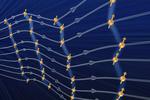
“UC Berkeley physicist Norman Yao first described five years ago how to make a time crystal — a new form of matter whose patterns repeat in time instead of space. Unlike crystals of emerald or ruby, however, those time crystals existed …

“Stress and strain, applied in just the right manner, can sometimes produce amazing results. That is what researchers, led by a team at UC Berkeley’s Department of Electrical Engineering and Computer Sciences, discovered about an emerging semiconductor material — black …
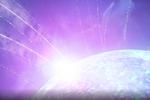
“Magnetars are bizarre objects — massive, spinning neutron stars with magnetic fields among the most powerful known, capable of shooting off brief bursts of radio waves so bright they’re visible across the universe. A team of astrophysicists has now found …

